The International Day against Nuclear Tests is observed on August 29. It was established on December 2, 2009 at the 64th session of the United Nations General Assembly by the resolution 64/35. Since nuclear weapons testing began in the mid-twentieth century, with the first test on 16 July 1945, nearly 2,000 have taken place. The International Day Against Nuclear Tests aims to raise public awareness about the effects of global nuclear weapon tests, and advocates the banning of nuclear tests as a step to achieving a safer world. To mark this year’s International Day Against Nuclear Tests, an exhibition of art related to nuclear testing and nuclear weapons by artists from Austria, China, Kazakhstan, and the United States was on display at the Vienna International Centre.
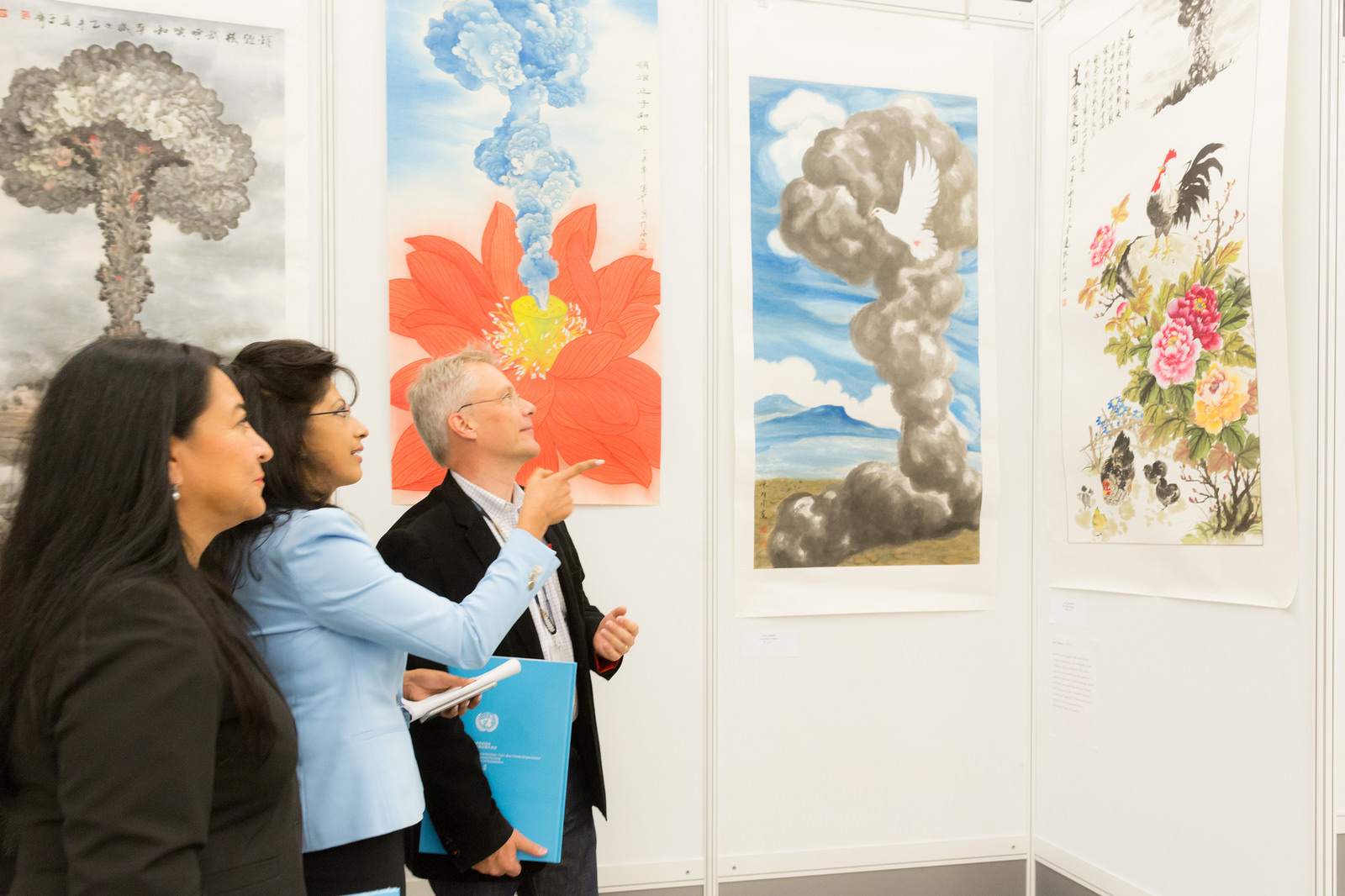
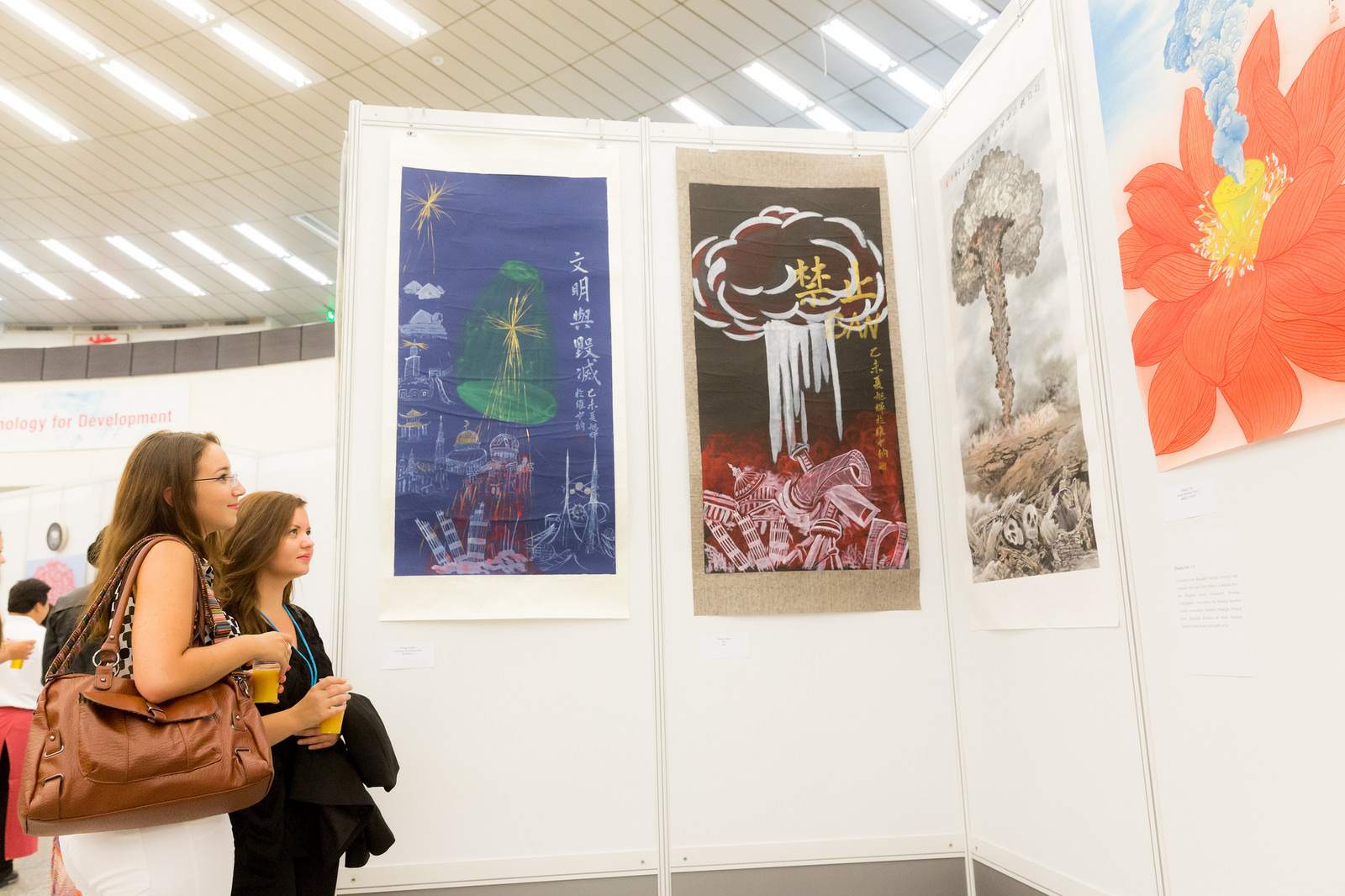

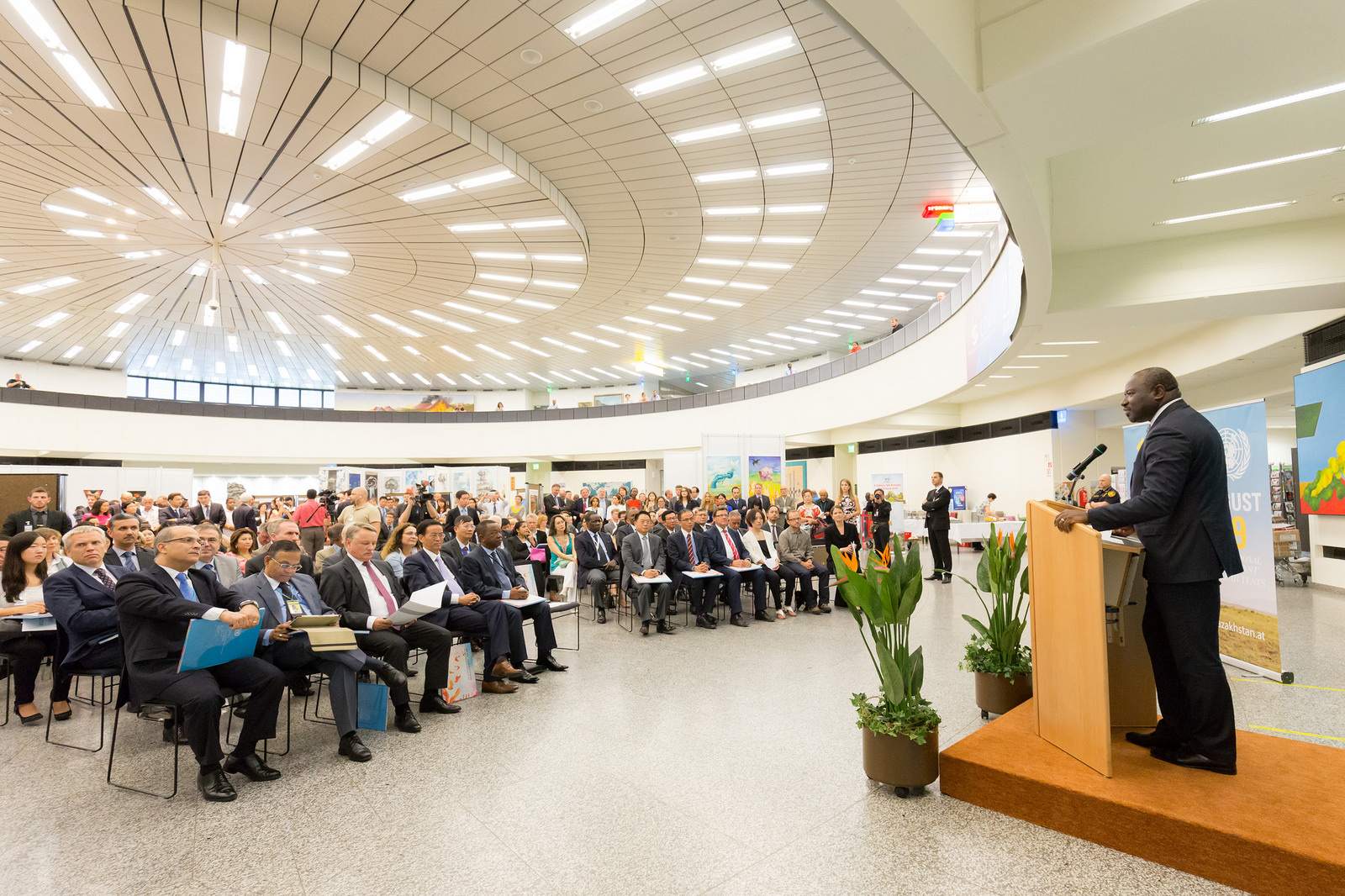

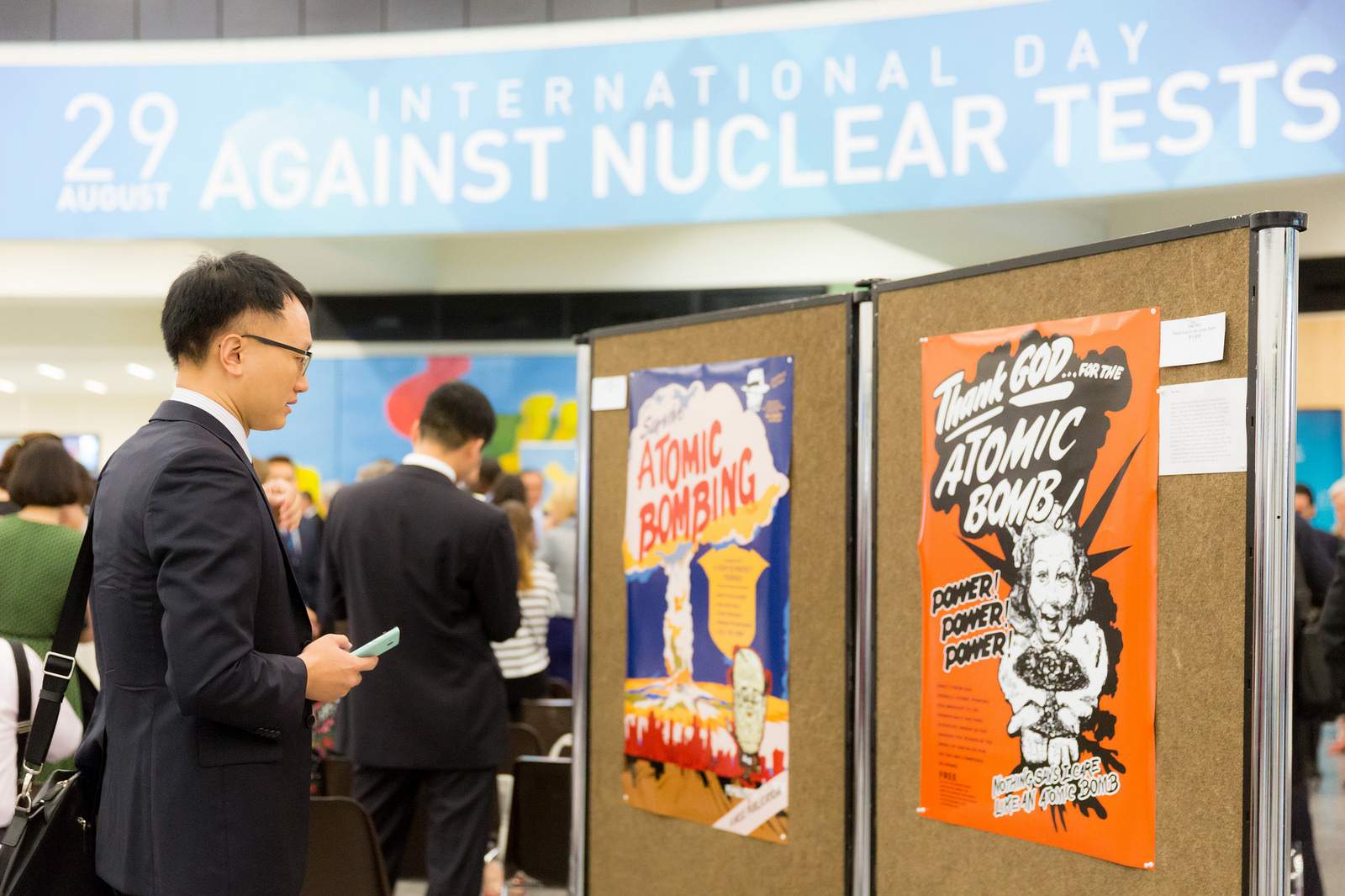
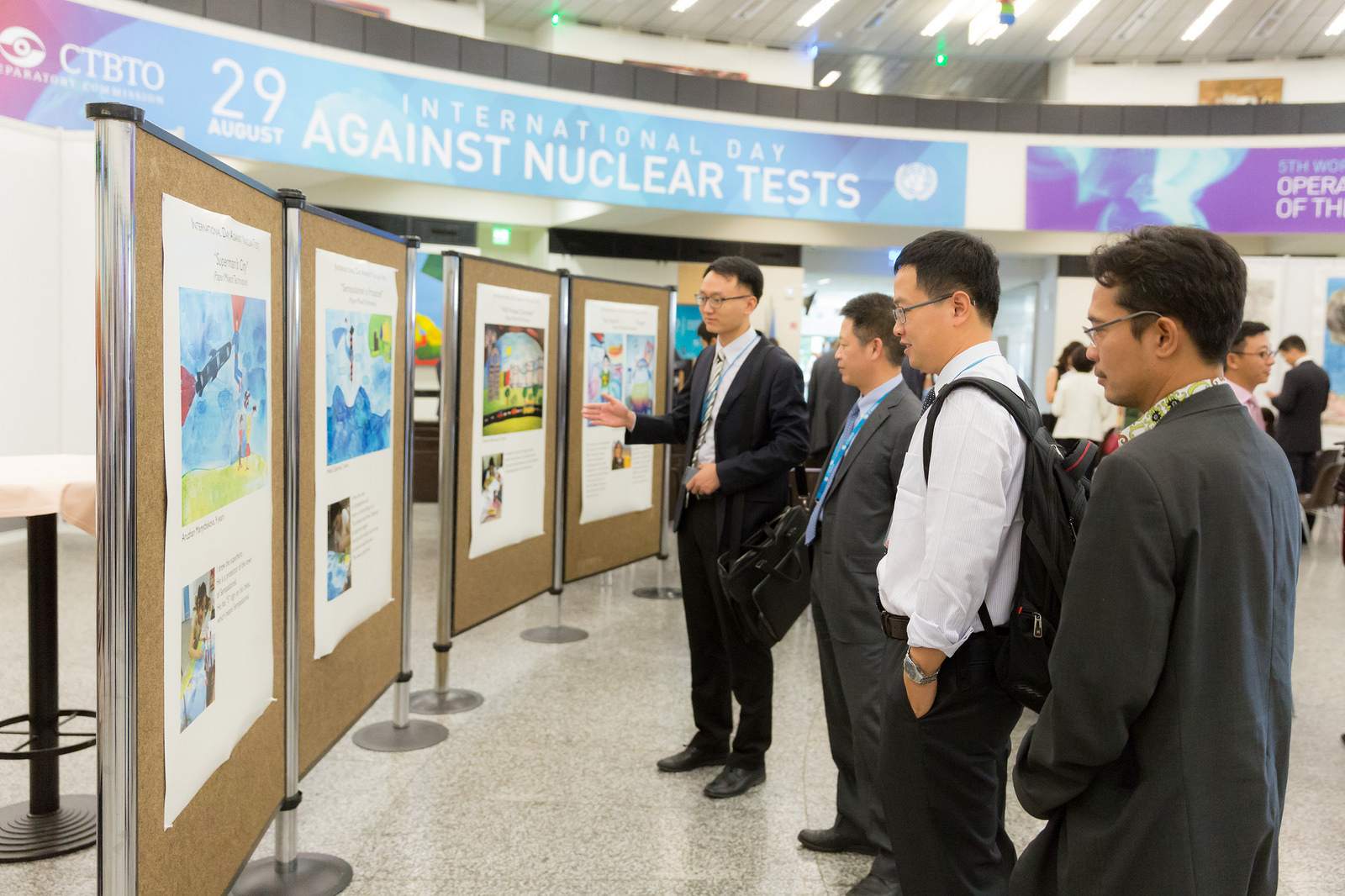
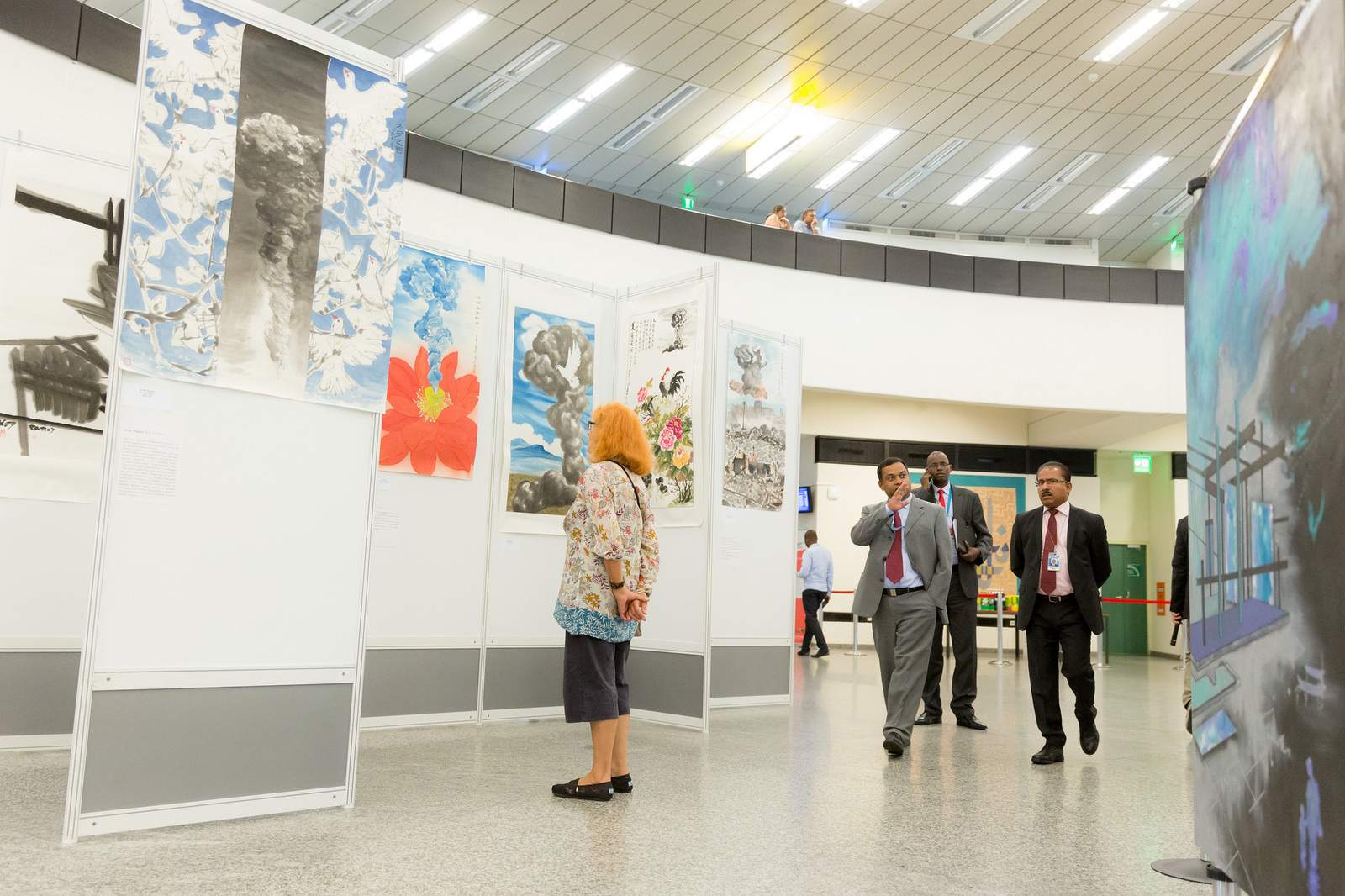
credit: The Official CTBTO
Nuclear tests determine the effectiveness and explosive capability of nuclear weapons. Most nations that have developed nuclear weapons have tests of them. Nuclear testing has often been used as presentation of scientific and military strength. There are two types of bombs which release energy from the nuclei of atoms. The simplest kind is an atomic bomb. It releases great quantities of energy through a process called nuclear fission. It is a large unstable (radioactive) element like uranium or plutonium. Another type is the hydrogen bomb, or thermonuclear bomb, which releases an even greater quantity of energy through nuclear fusion.

Trinity Test, July 16, 1945 – Worlds first atomic bomb detonation at Trinity site in the southern New Mexico

Little Boy unit, August, 1945 – The bomb that was dropped in Hiroshima

Nagasaki, August 9, 1945 – Aerial view of Nagasaki before the bombing

Nagasaki, August 9, 1945 – Aeriel view of Nagasaki after the bombing
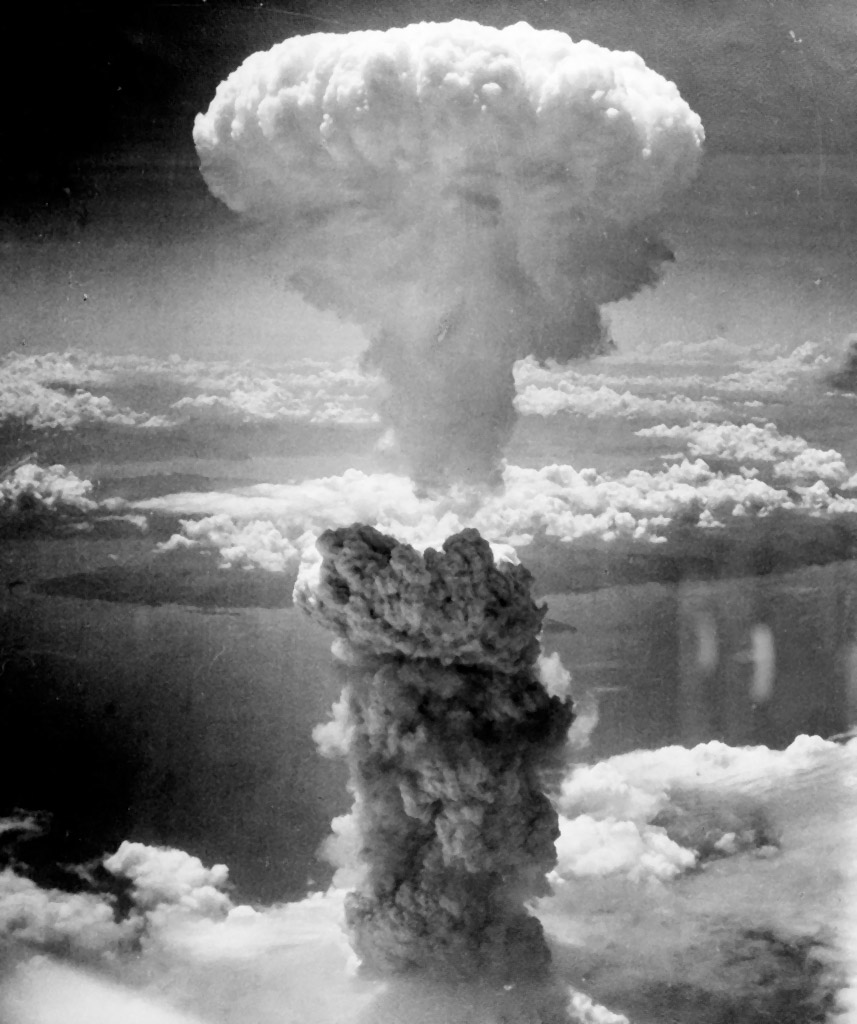
Nagasaki, August 9, 1945 – Atomic bombing of Nagasaki

Nevada The XX-34 BADGER explosion, April 18, 1953 – Operation Upshot-Knothole

Bikini Atoll, Marshal Islands, March 1, 1954 – Operation Castle, the first deployed U.S. thermonuclear bomb

Eniwetok Atoll, U.S., June 8, 1958 – Hardtack Umbrella underwater nuclear test
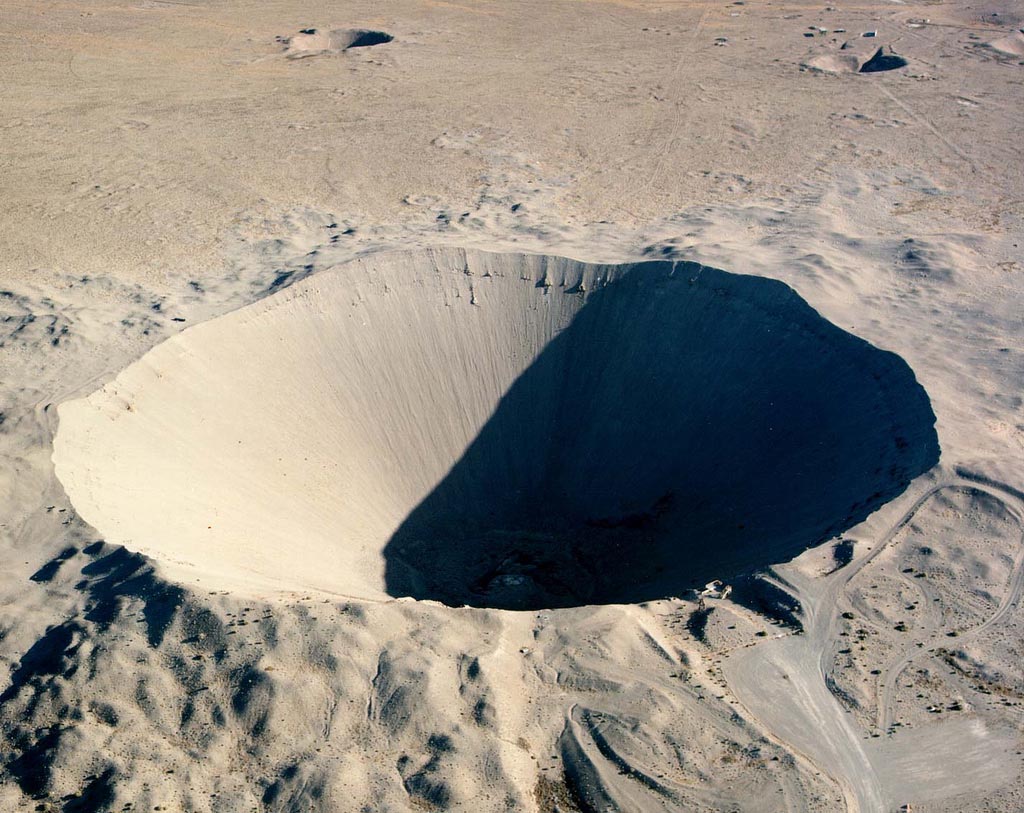
Sedan Plowshare Crater, 1962 – Operation Plowshare. The 104 kiloton blast displaced 12 million tons of earth and created a crater 320 feet deep and 1,280 feet wide
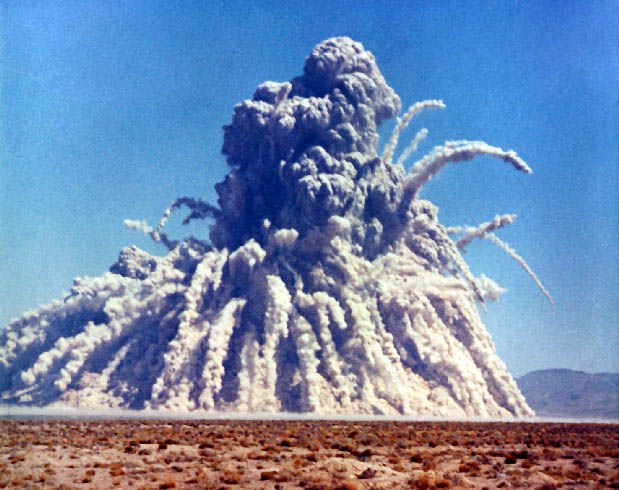
Storax Sedan, July 6, 1962 – used for a crater experiment. 6 July 1962 (GMT), Nevada Test Site – Yield: 104 kt.
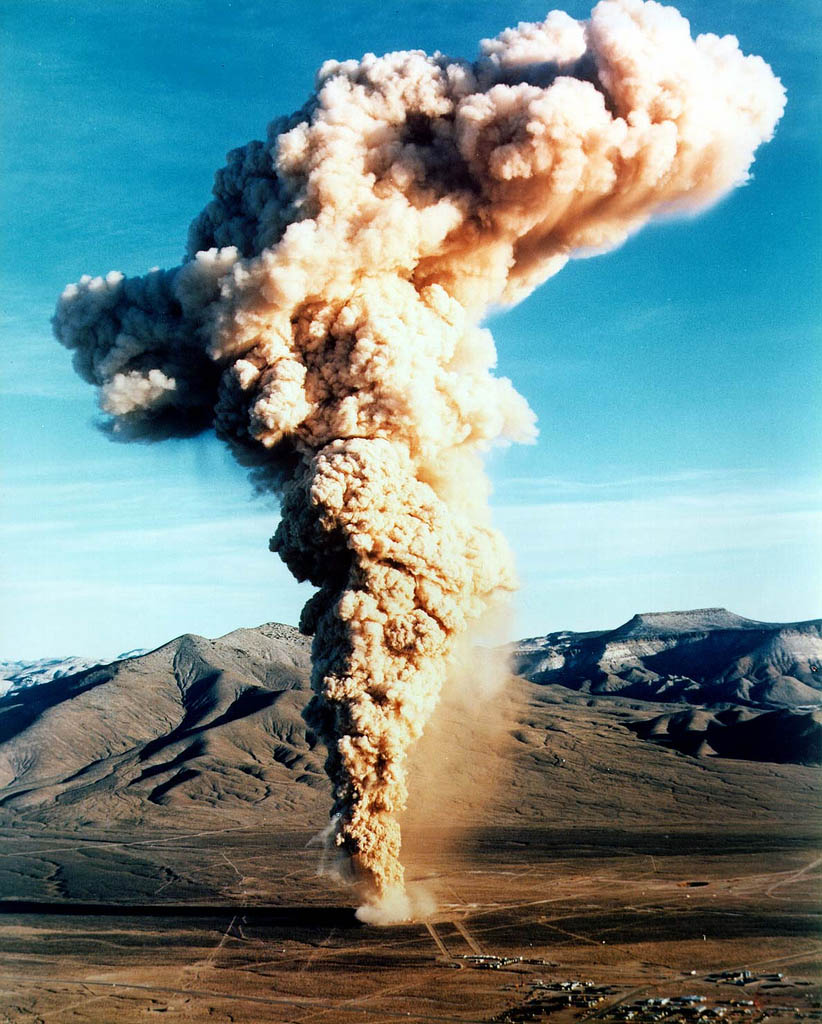
Blaneberry – December 18, 1970 – Operation Emery, underground nuclear test at the Nevada Test Site – Yield: 10kt
images by U.S Government









 Nuclear Bomb Testing by U.S. Gov...
Nuclear Bomb Testing by U.S. Gov...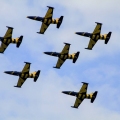 Turku International Airshow 2015
Turku International Airshow 2015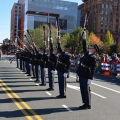 Philadelphia Veterans Day Parade...
Philadelphia Veterans Day Parade... Girls of 2014 Taipei Internation...
Girls of 2014 Taipei Internation...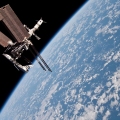 The International Space Station ...
The International Space Station ... The Largest International Hot Ai...
The Largest International Hot Ai...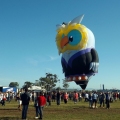 International Balloon Festival i...
International Balloon Festival i...











 International Day Against Nuclea...
International Day Against Nuclea...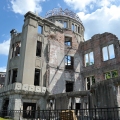 Walk around Genbaku Dome in Hiro...
Walk around Genbaku Dome in Hiro...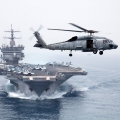 The Worlds First Nuclear-powered...
The Worlds First Nuclear-powered...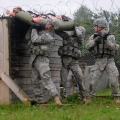 The U.S. Army Best Warrior Compe...
The U.S. Army Best Warrior Compe...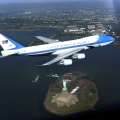 Air Force One – The Safest...
Air Force One – The Safest...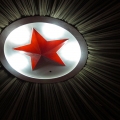 Inside North Korea
Inside North Korea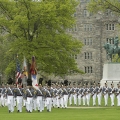 The U.S. Military Academy at Wes...
The U.S. Military Academy at Wes...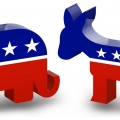 Who Will Win the 2012 U.S. Elect...
Who Will Win the 2012 U.S. Elect...


